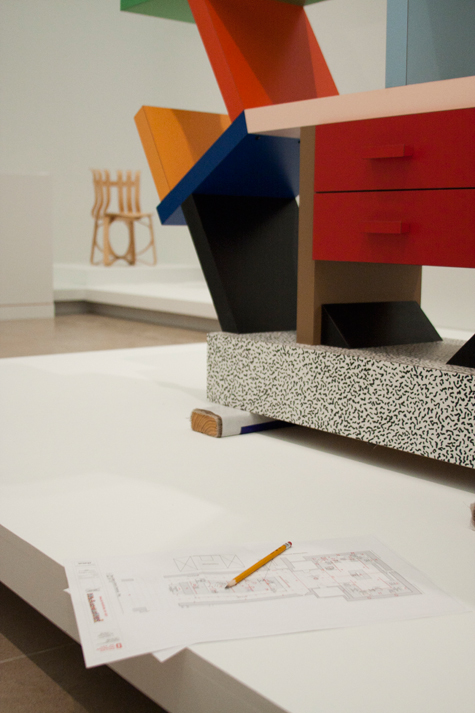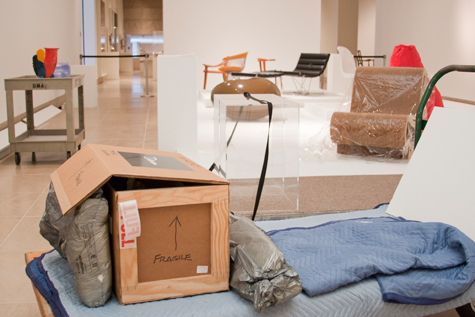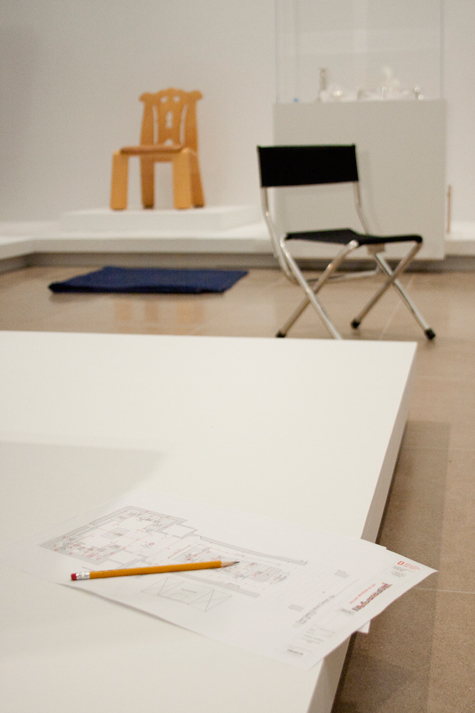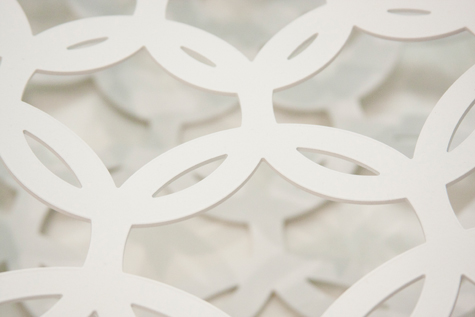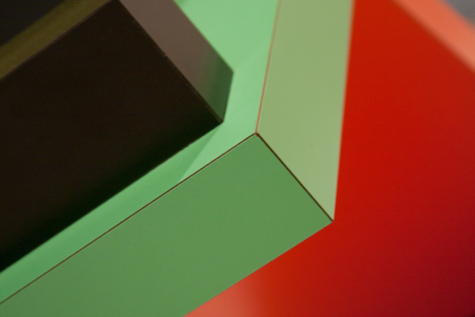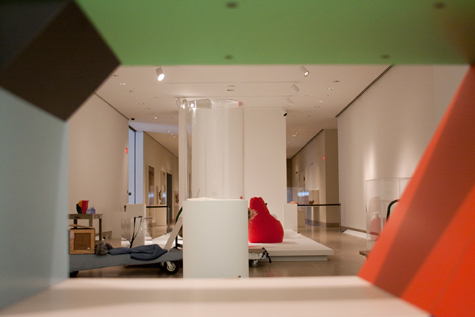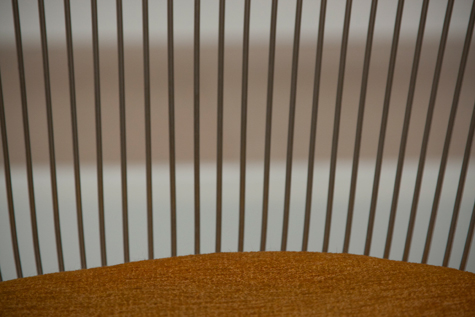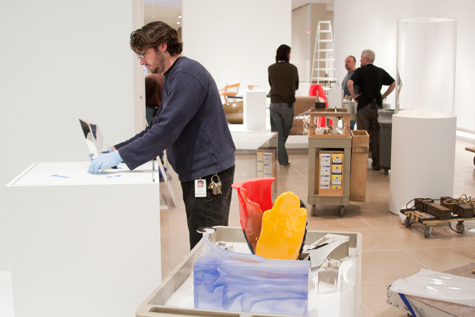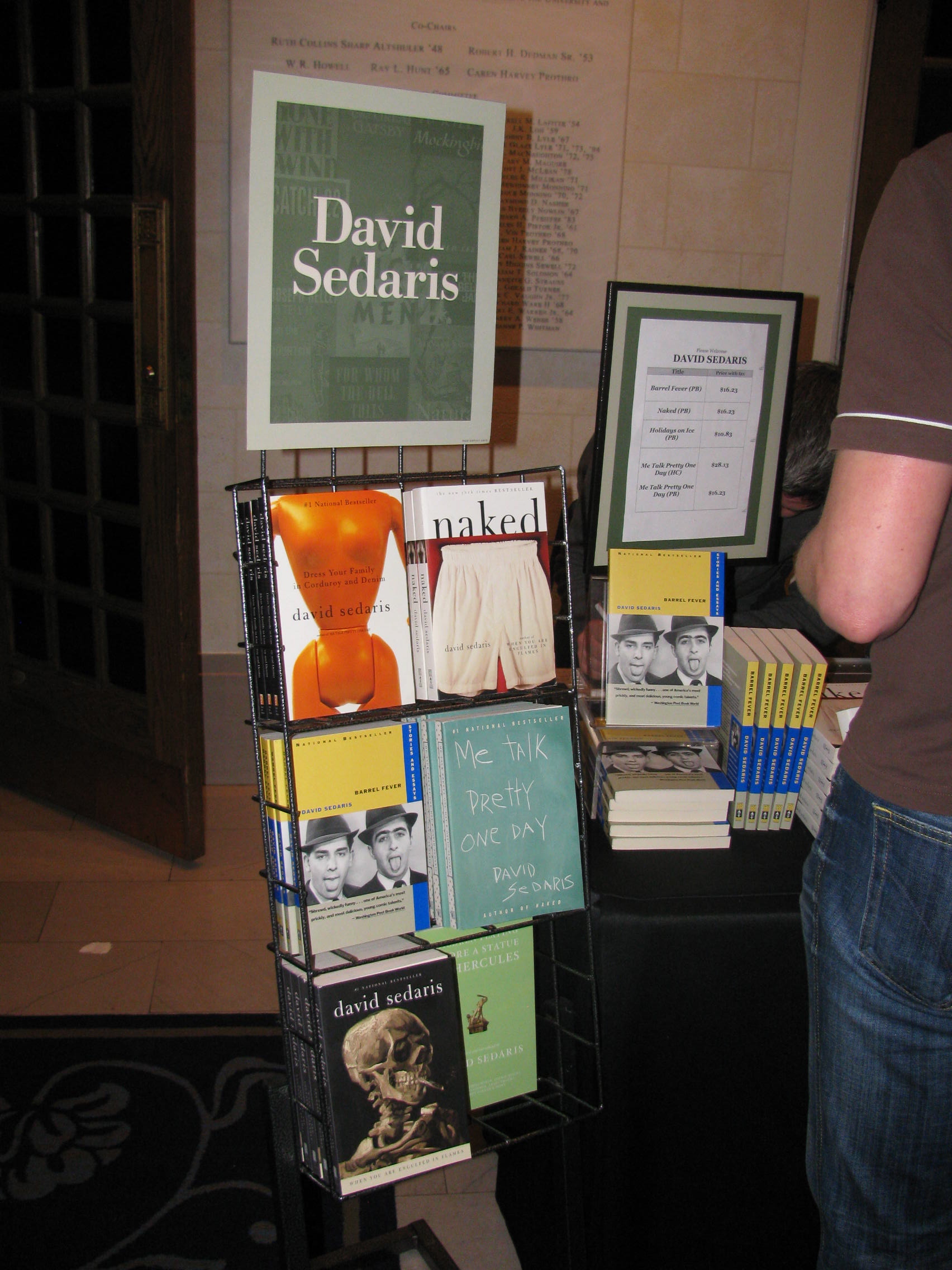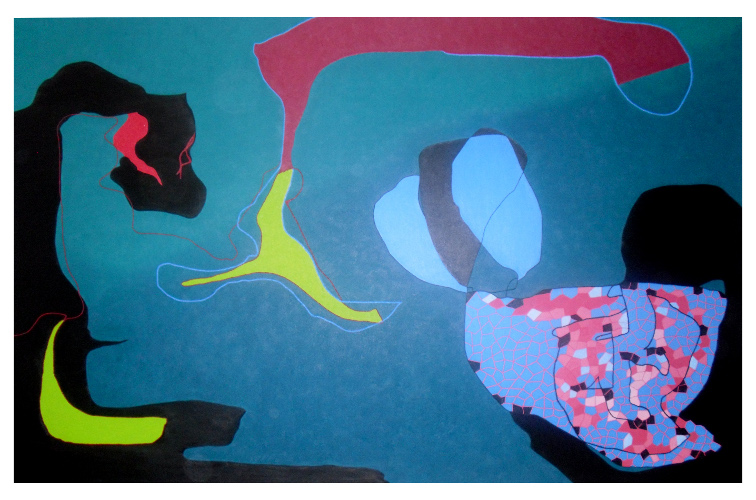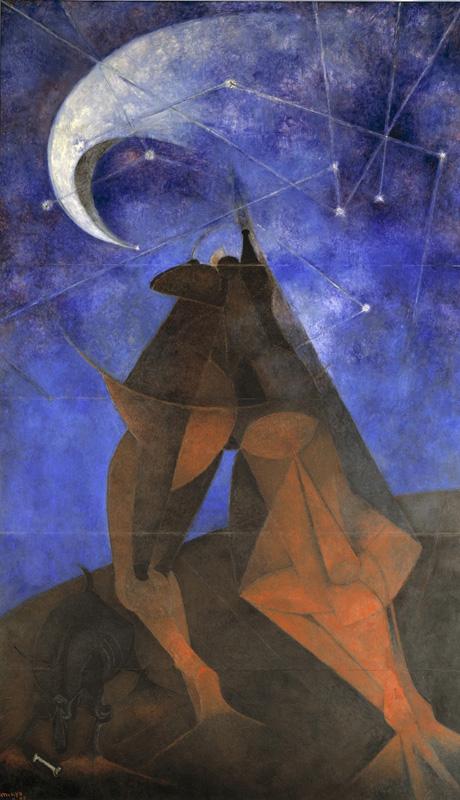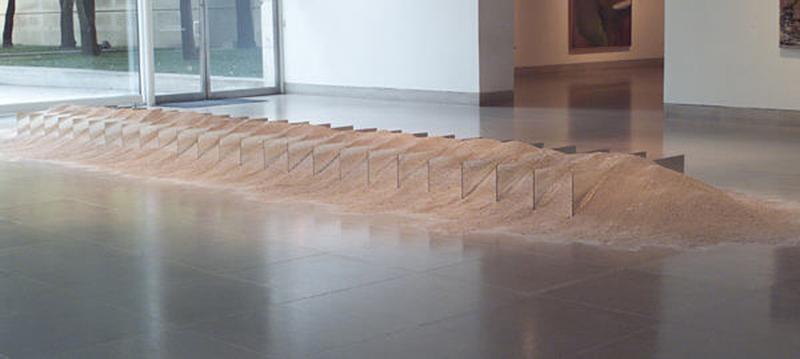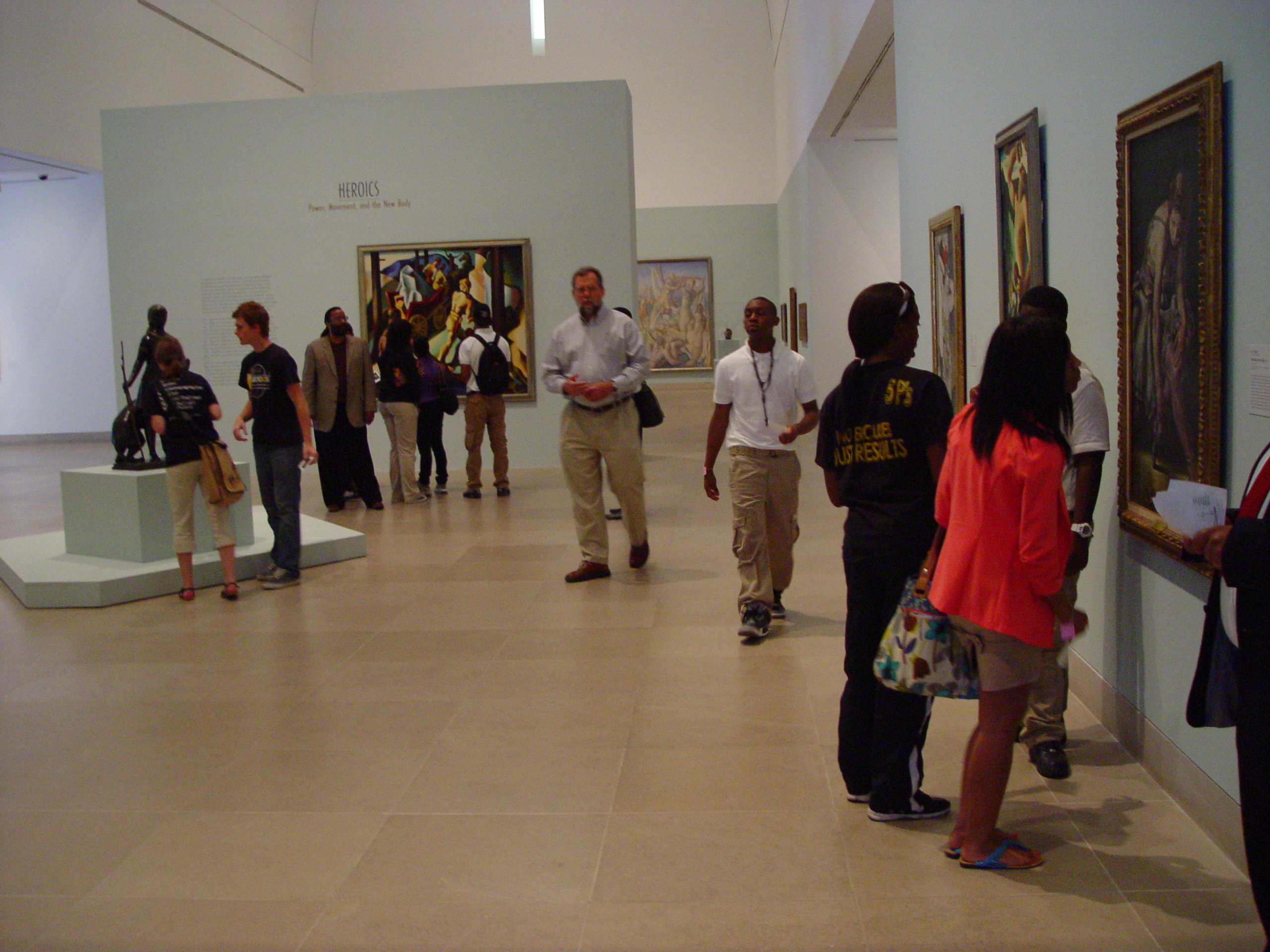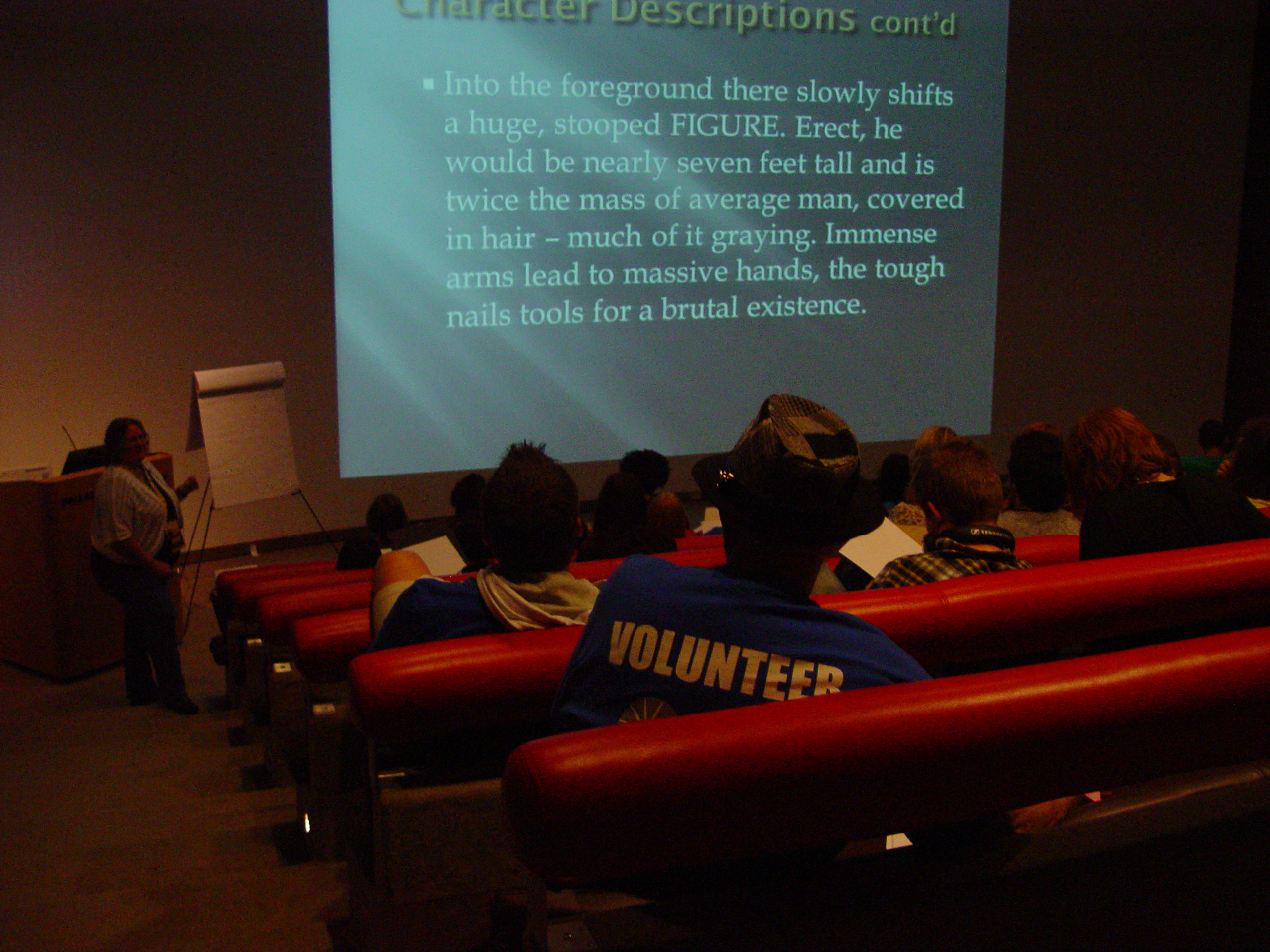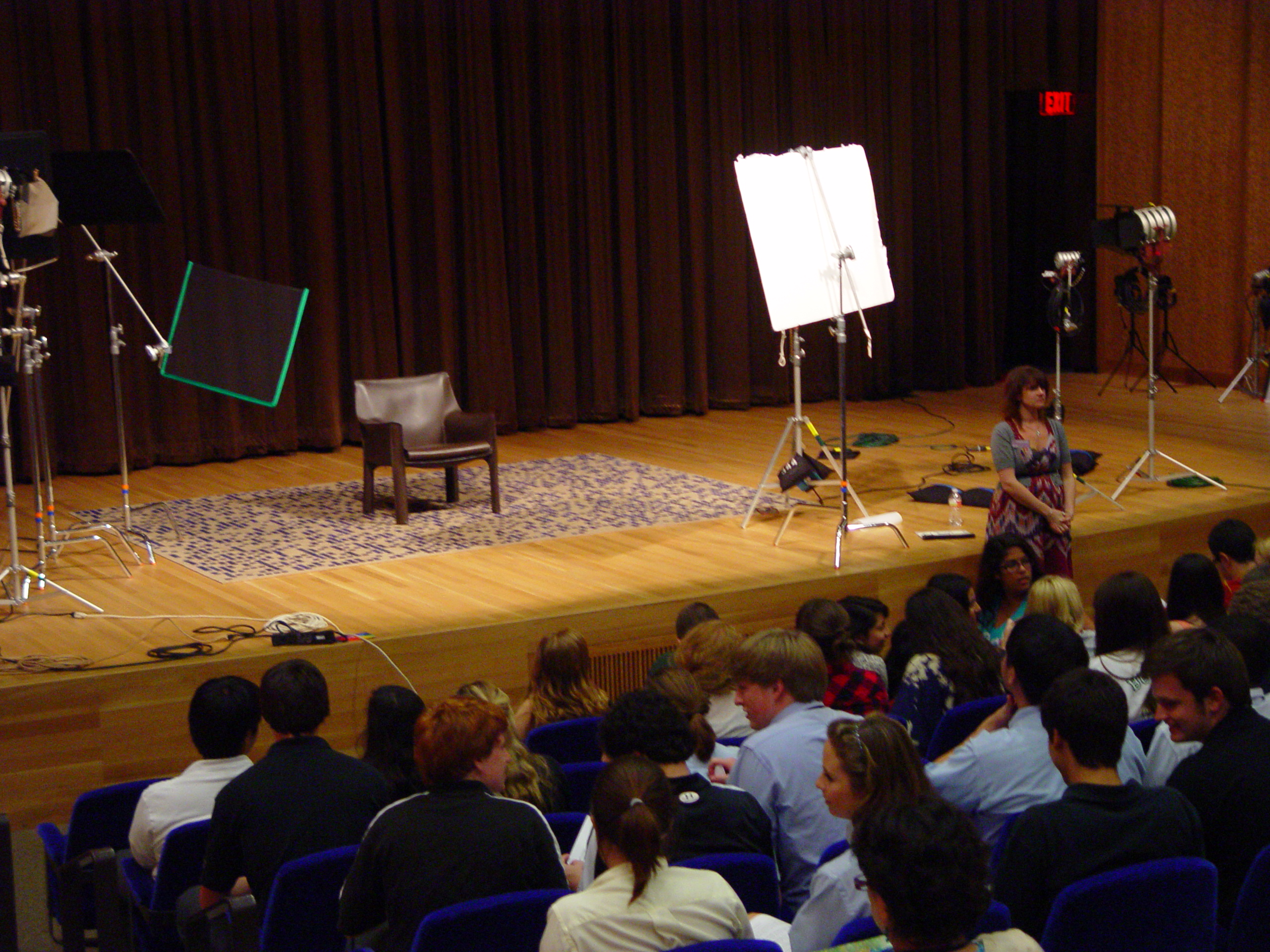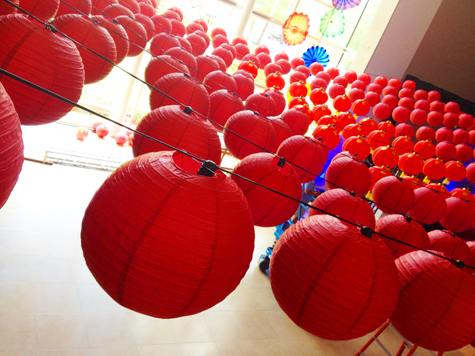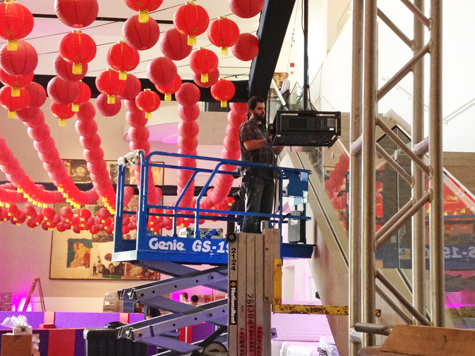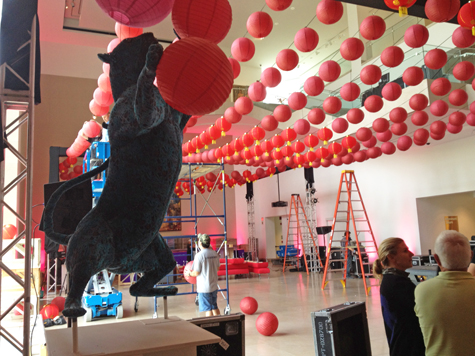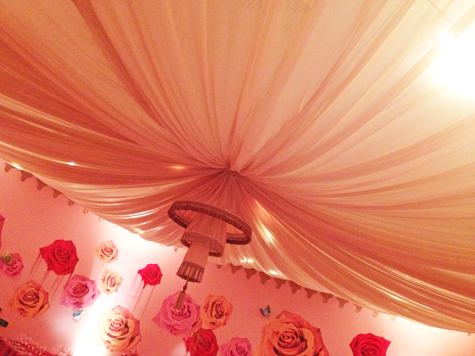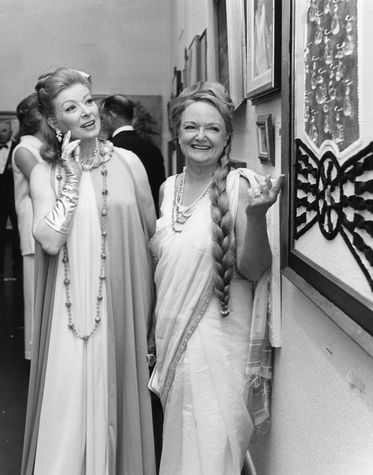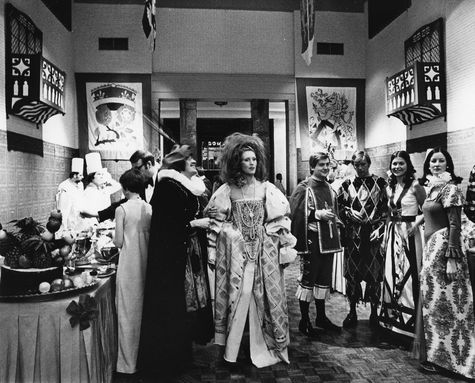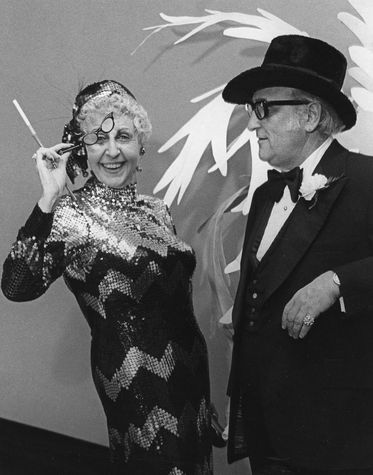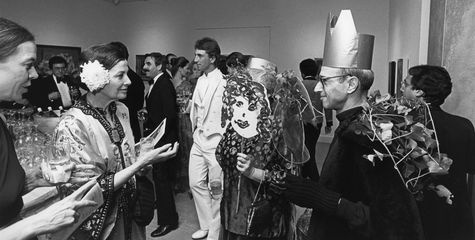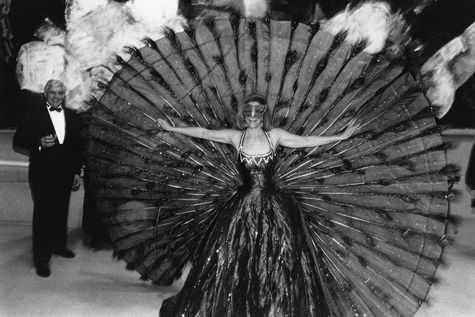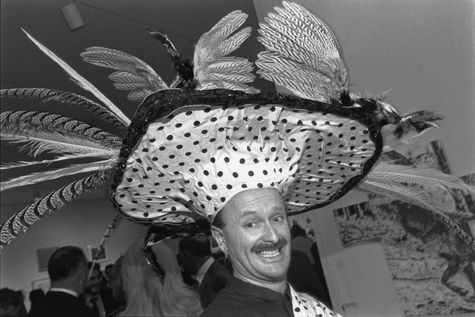Our exhibition Face to Face: International Art at the DMA is composed of never before seen pairs of objects drawn straight from the Museum’s collection. They are joined across cultures, great distances, and centuries of time to present an entirely new way to experience and celebrate a collection that is thrillingly diverse and over one hundred years in the making.
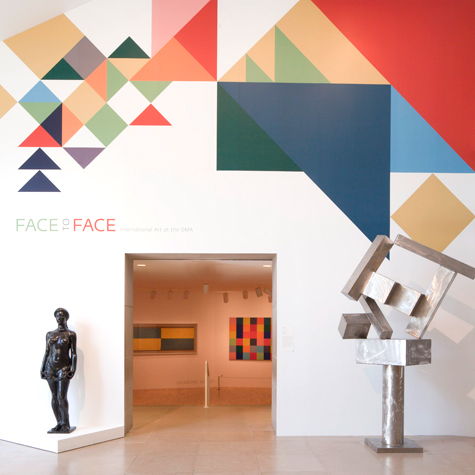
David Smith’s Cubi XVII and Aristide Maillol’s Flora
Organizing Face to Face required the collaboration of every member of our curatorial staff. Dr. Anne Bromberg, our curator of Ancient and Asian Art, spearheaded its sprawling course, spending weeks and weeks stalking the galleries, storage areas, and even her own colleagues to negotiate across departmental divides and ensure that what came to fruition was groundbreaking.
The result is a rare chance to see some of our “greatest hits” in lively and entirely new contexts. Visitors are welcome to speculate for themselves upon the many ways paired works might be related. I expect there are no right or wrong answers to these investigations, and that the discoveries one can have touring Face to Face are essentially limitless.

Peruvian Panel and Ellsworth Kelly’s Sanary
This is the first pair to welcome you to the exhibition. The composition of both works relied upon geometry and the stunning experience of pure color. The ceremonial textile from the Huari culture of Peru is beautifully composed of hundreds of blue and yellow macaw feathers—the yellow offering soft complement to the naturally iridescent shimmering of the blue.
Sanary, by American artist Ellsworth Kelly, presents a more complex pattern created from recycled paintings. No two colored squares repeat side by side, and like the feather panel, their summation elicits an explosive though carefully controlled punch of pure color. Their paired visual impact must be seen to be believed.

Egyptian mummy mask and Amedeo Modigliani’s Portrait of a Young Woman
Of all the pairings, Dr. Bromberg has said this one raised the most eyebrows among her colleagues, but after placing them side by side for the first time during installation, it became clear that though derived from wholly different civilizations and made for completely different purposes, they were easily relatable as unique expressions of the very human desire to immortalize beauty through portraiture.

Male figure from Nigeria and Naum Gabo’s Constructed Head No. 2
There’s much to be learned—things you may never have noticed before until you’re faced with this unique installation. This pair in particular enables audiences to reflect upon decisions the artists made in depicting their subjects abstractly. One might spend hours ruminating over their own visceral reactions to their striking features.

Eugène Delacroix’s Portrait of a Woman in a Blue Turban and Standing femail figure from the Democratic Republic of the Congo
Our Exhibition Design Coordinator, Jessica Harden, worked closely with Dr. Bromberg to create specific lighting, color, and spatial treatments for every pair in Face to Face. Its dynamic installation highlights the need to take one’s time in the exhibition. Here each artwork can be appreciated more intimately on its own terms.
This is particularly true with the pairing of Eugène Delacroix’s Portrait of a Woman in a Blue Turban and the standing female figure from the Luba peoples of Africa. Lengthy meditations over the artists distinct but relatable choices in depicting their subject’s tranquil and quintessentially feminine beauty are highly encouraged.

An entire case in Face to Face is dedicated to things that sparkle! And here it’s true that not all that glitters is literally gold. The DMA maintains a strong collection of decorative, functional, and ceremonial objects fashioned from precious materials by a variety of cultures for an even greater variety of reasons.

Shiva Nataraja from India and The Dharmapala Vajrabhairava from Tibet
Face to Face’s broad representation (albeit in a small space) of the DMA’s expansive, internationally renowned collection is inspiring. The exhibition not only draws our attention to the mysterious nature of creating and studying art but also to that lesser realized art form of building a collection.
While exploring any museum, it’s easy to forget that a collection is built by people, and at the DMA these people have for over a century now nursed a vision that not only tells the history of art but also the story of our great museum.
Auriel Garza is the Curatorial Assistant for Ancient Art, Non-Western Art, and Decorative Arts & Design at the Dallas Museum of Art.
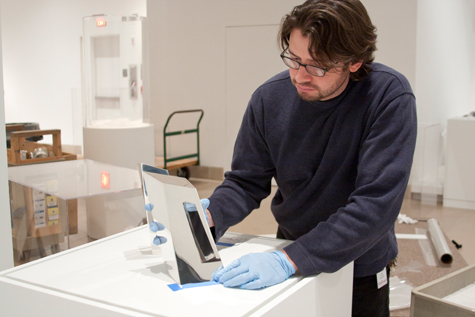
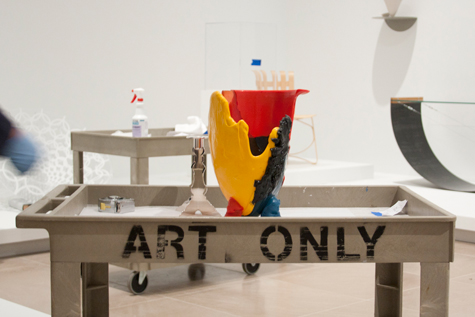
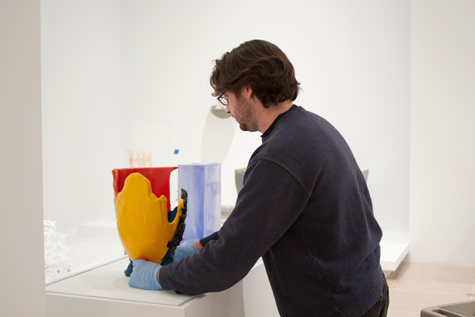
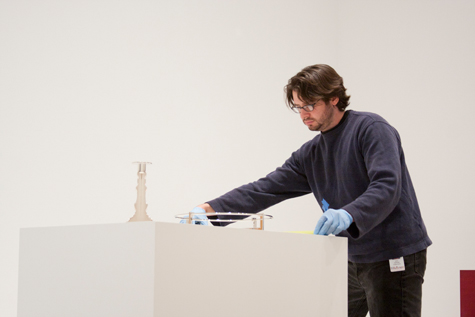
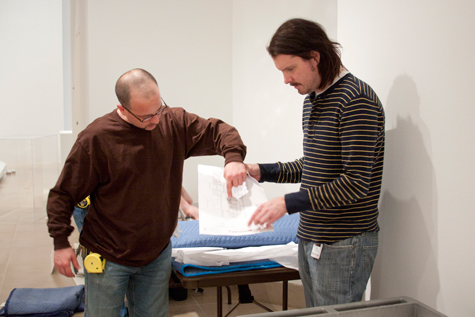 DMA exhibition staff, including preparators John Lendvay and Lance Lander and exhibitions graphic designer Kevin Parmer, install the newly opened Form/Unformed: Design from 1960 to the Present in the Level 4 Tower Gallery.
DMA exhibition staff, including preparators John Lendvay and Lance Lander and exhibitions graphic designer Kevin Parmer, install the newly opened Form/Unformed: Design from 1960 to the Present in the Level 4 Tower Gallery.